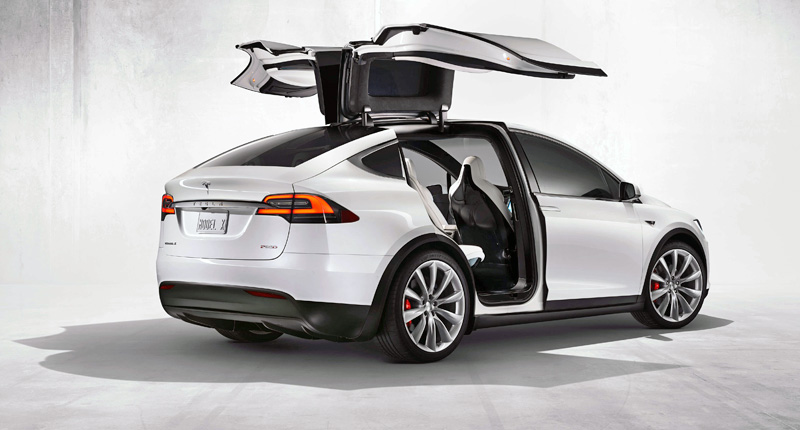SEO has entered a new era in 2026. AI tools are more powerful, users expect instant results and Google continues tightening its criteria for…
Production problems hamper Tesla’s drive to roll out the Model X

Innovative electric car company, Tesla Motors, the brainchild of tech entrepreneur Elon Musk bid farewell to 2015 in an upbeat way, tweeting this message and video on the last day of the year.
Safest, fastest & full of tricks Model X spread its wings in 2015, hitting roads around the world in 2016
https://t.co/mhZWOP3iud
— Tesla Motors (@TeslaMotors) December 31, 2015
But the tweet masked the true nature of some difficult problems that the California-based company is struggling to overcome and which are making some investors nervous. The Guardian newspaper revealed on January 4 that Tesla had only managed to produce 507 cars in total during 2015, and “just 208 cars were actually delivered in the fourth quarter of 2015, the first full quarter in which it was available to buy.”
Tesla stock was down nearly seven percent the day after these revelations, although it is by no means certain that the two events were related, particularly since Wall Street was hammered by losses in the first few trading days of January.
The Model X is Tesla’s flagship vehicle and its first foray into the hugely profitable segment of SUV’s. The company describes the futuristic electric car as the “safest, fastest and most capable sport utility vehicle in history’ and it boasts “all-wheel drive and a 90 kWh battery providing 257 miles of range, Model X has ample seating for seven adults and all of their gear.
And it’s ludicrously fast, accelerating from zero to 60 miles per hour in as quick as 3.2 seconds.”
Customers are invited to reserve a Model X on its website and the estimated delivery date is late 2016, according to the site. Yet production problems may throw those plans into disarray.
Musk was honest in his assessments of the problems, yet remained upbeat, explaining that supplier capability was holding back production significantly. “If you can tell me which suppliers are going to deliver according to what they say,” he explained, “I can tell you how many cars we will make. But, you know, the car will move as fast as the unluckiest supplier. That’s basically what happens.”
The problems seem to relate specifically to the custom-built seats. In early November the company admitted, during its release of 3rd quarter results that “’the biggest constraint being the supply of components related to the second row monopost seats. To eliminate these supply constraints and achieve a better overall outcome, we have brought manufacturing of these seats in-house.’
Part of the problem seems to stem from the fact that all Tesla models are produced from the same facility in Northern California, which is far from the traditional auto-making strongholds in the United States and reflects how different this vehicle is to most others being produced at the moment.
But some commentators remain upbeat about the prospects for the new vehicle, implying that Tesla has learned from its mistake of releasing cars before they are ready. Auto blog Jalopnik puts it in a positive light, writing that “The slow start allows Tesla to better manage consumer perception, avoiding massive updates or recalls and working through the early issues before rolling out and filling orders.”
There is so much goodwill towards the company and the car that production issues have been overlooked before. But Tesla really needs to deliver on the Model X in 2016, or that sentiment may shift significantly.

